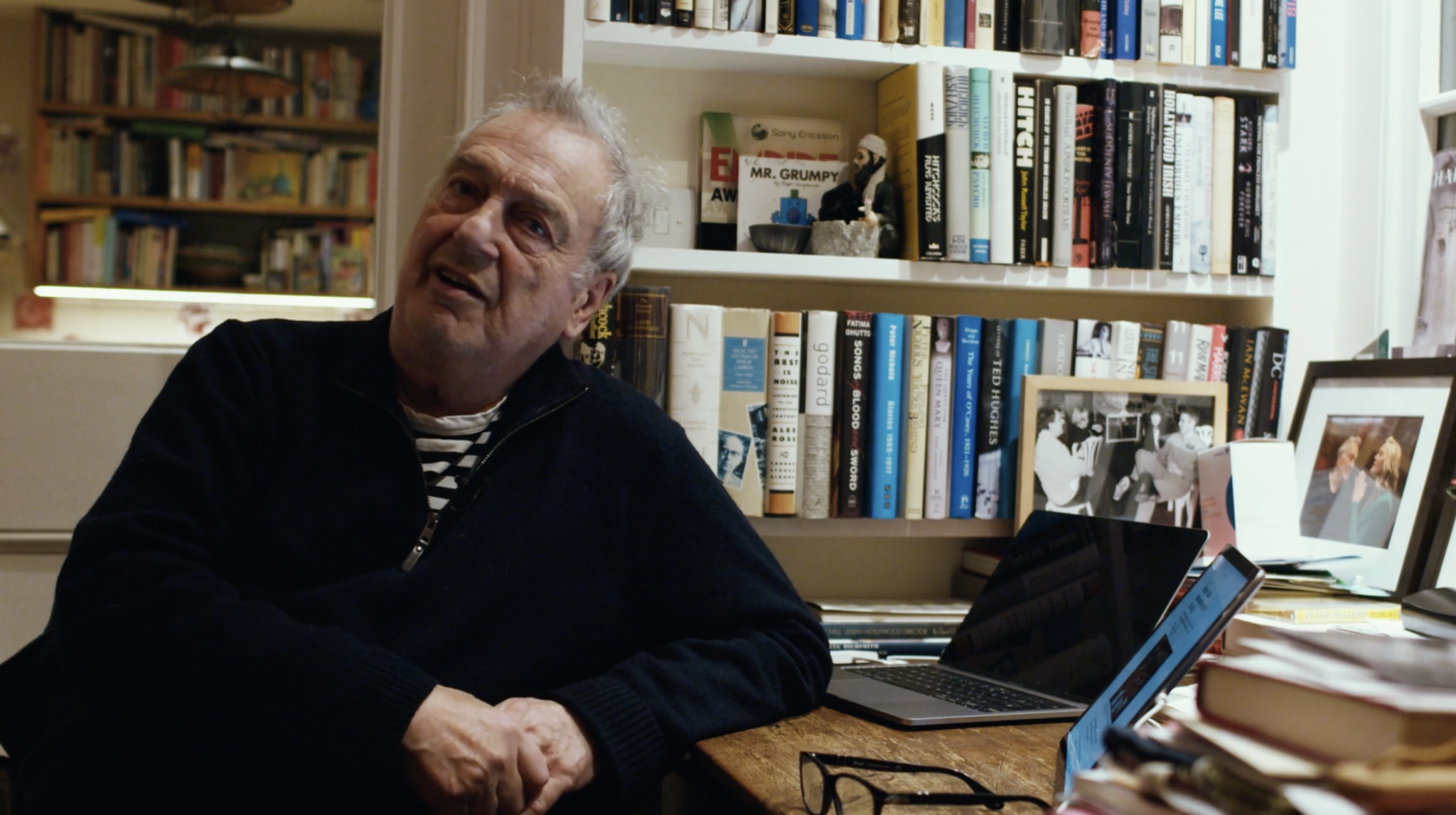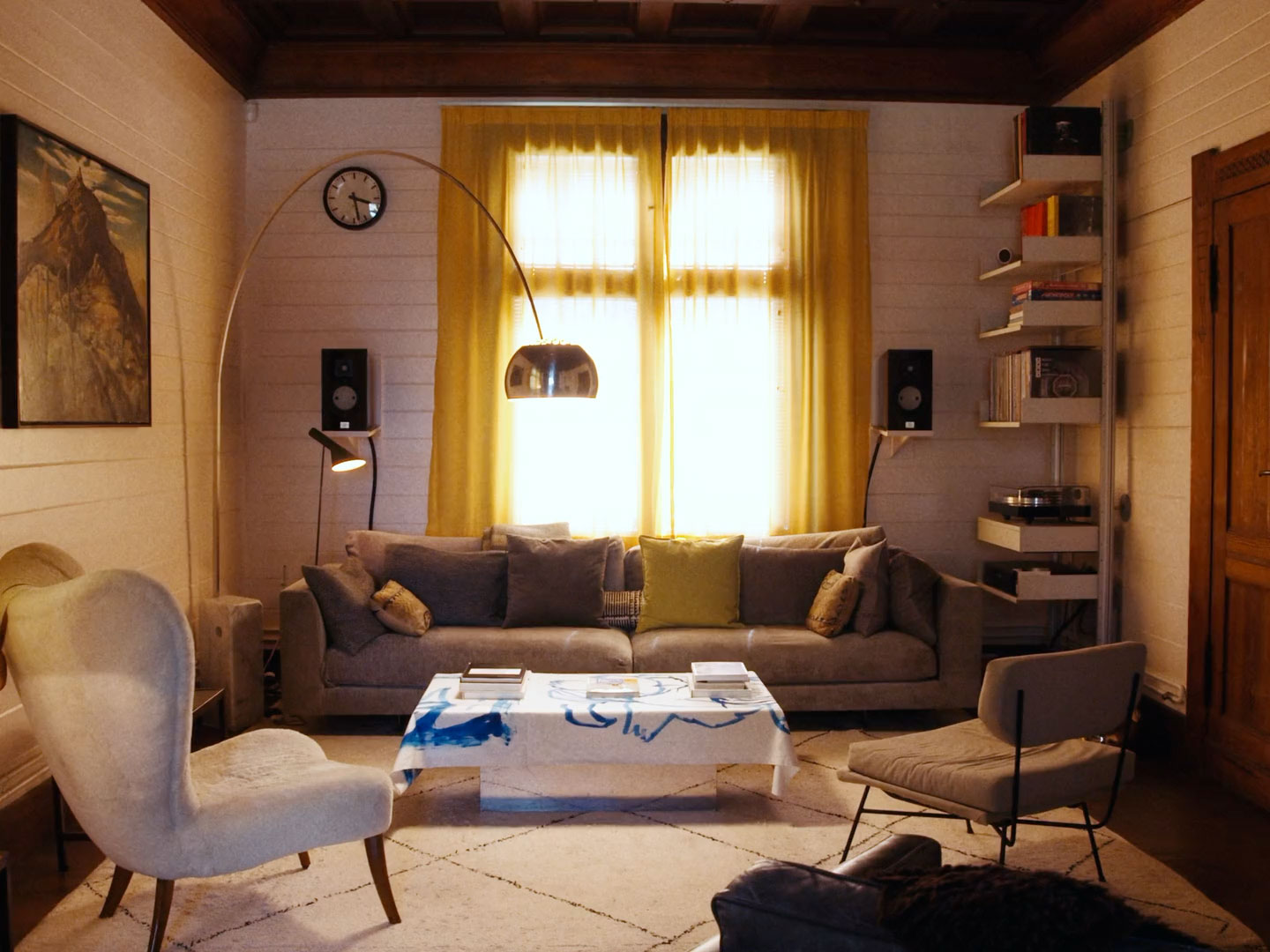
For most of her life, the name Isadora Duncan had but one meaning: “The Mother of Dance.” It’s fitting: Duncan, a socialist and socialite, was a genius. A dancer able to captivate the masses with flowing movements that evoked modern tastes with the slender chorus of the Ancient Greeks, her libertine lifestyle broke the mould for any Great War celebrity. She left behind a score of pupils that would carry on her new techniques today.
But like the Ancient Greeks, the Gods planned a cruel fate for their dancer. At the age of 50, racing along the French Riviera, her long, flowing scarf snagged on the wheels of her car, twisted into a ribbon as tight as cheese wire—and killed her. The freak accident became a parable on the danger of vanity, and her name took on a double meaning: “Isadora Duncan Syndrome.” A medical term for a new and gruesome tragedy: to be strangled to death by a moving wheel.
Although the shift from artist to medical terminology seems cruel, there’s no shortage of poetry between Duncan’s clashing titles.
Even before she had seen the sun, Duncan had already started to dance. “I began to dance first in my mother’s womb,” she writes in her memoir, moving her arms and legs with such “fury” that her mother believed she was birthing a maniac. Born in 1877, it wouldn’t be far from the truth. It was only months into the start of her affluent existence in Chicago that Duncan’s father was disgraced for embezzling his bank customer’s funds.
With her family viewing the man as a “demon”, her mother divorced, and took Duncan and her three older siblings to the seaside city of Oakland, California. Together they survived by teaching music. They’d fall into deep poverty and her single mother “became an atheist, and decided that all sentimentality was nonsense.” Unable to focus on anything but dance, the young Duncan recalls one key lesson from her childhood: “there is no Santa Claus, nor any God, but only our own spirits to guide us.”
Despite leaving school at the age of ten to teach dance, Duncan’s independent spirit was fully nurtured. Already seeing school as a prison house, Duncan rejected a brief stint in ballet school in her teens because she viewed standing on the edge of her toes as unnatural.
Nature was the only teacher Duncan accepted. “Freedom, spontaneity, revolution is the spirit of my dance,” Duncan writes, “Dance does not consist of mechanical steps, a tightening of the torso, or precise rules or contortions but the flight of my body at harmony with the movement of the earth.”
Is it wishy-washy? Invariably so. Duncan admits that the dance lessons she gave as a teen were a fantasy, a style of teaching that came about using any shape or form that entered her head. Abandoning tutus and ballet pointes for tunics and scarves, with a mystic reverence, she regards the “solar plexus” and the glowing light beneath her breasts as the spirit of all dance. Most of Duncan’s aesthetic theories would be expanded and cemented by modern dance institutions after her death, but the truth is simple: for most of the world, Duncan’s graceful improvisation had never been seen before.

Duncan was always born to clash against the machines, but it was a dance she preferred to struggle through. Her time in the illustrious Augustin Daly’s New York theatre was filled with “imbecilic” panto roles, and after the elderly director ran his hand along her back, she quit abruptly. Then, in 1891, after her possessions were destroyed in a fire at her next musical studio, at the age of 21 Duncan decided that only London could appreciate her talents.
Begging the wives of millionaires for $300, Duncan boarded a ship with her siblings and mother (months after her father drowned to death on a steamship near the coast of Cornwall) and promptly became homeless. Spending their days between the British Museum, scamming hotels, eating penny buns, and sleeping on the benches of Green Park, the company and life she kept “might just has well existed in the imagination of Charles Dickens.”
Despite it all, Duncan and her bohemian family had a near psychic ability to charm—particularly in the private dinner parties of the well-heeled. After tracking down an old patron through a newspaper headline, a successful dinner gala led to her renting a studio. Dancing her summers away in Kensington Gardens, she encountered Mrs. Patrick Cambell, one of London’s most famed actresses and entertainers. “Where on earth are you people from?” she asked. “Not from the earth at all,” chimed Duncan, “but from the moon.” Her inventive style of dance enraptured the aristocratic Cambell, which led to an introduction to the private estates of London’s elite.
The rise would lead to her being scouted by the Hungarian impresario Alexander Gross, then a sold out thirty day tour in Budapest, and a new bohemian life in Hungarian restaurants swooned by peasant verses and a love for gypsy music. Falling in love with a local actor, Duncan danced as her handsome Romeo sung gypsy romances:
(One little girl in the world exists.
She is my dear pigeon.
The good Lord must love me well
Because he gave me you.)
It was the first of many great, and always short, love affairs for Duncan. She toured across Paris, Munich, Moscow and the Americas to packed halls, famed for her strange Grecian style (although Duncan smiled ironically at the influence) that weaved new-age mysticism with old-world sensibilities. While critics were polarised (the occultist and friend Alasiatr Crowley advised that Ducan was best viewed “in private”), Duncan continued to draw crowds. But while Duncan’s fame rose, she would never fit neatly into the machine like demands of marriage: from 1900’s to 1910s, all of her children were born out of wedlock to different lovers: a theatre designer, a sewing magnate, and a sculptor.
If there was a fatal flaw for this dancer in the public eye, it was that she loved freely and deeply. Duncan reached the pinnacle of her career in 1913, when her two young children (one belonging to the theatre designer, the other the sewing magnate Peter Singer) would drown to death in a freak accident as their stalled car rolled off an embankment into the River Seine in Paris.
In grief, Singer broke the news of the death to Duncan, swaying like a drunk. Likely aimed at Duncan’s unorthodox lifestyle, a rumour quickly circulated that Duncan herself had danced at her childrens’ funeral. In truth, Duncan turned away the Catholic priest at the service, declaring herself Pagan, and screamed out for her childrens’ names. It was a turning point for the optimistic Duncan: a part of her would never return. Catatonic for months, Duncan omits most of the tragic details in her own memoir—even the name of Singer—preferring to write that, “Only twice comes that cry of the mother which one hears as without one’s self—at birth and at death.”
The next year, in a grand suite overlooking the Place de la Concorde at the Crillon, Duncan would share a mystical dream of her children’s reincarnation with Singer. The magnate, deeply moved, revealed his plan to create a school to remedy the tragedy he felt cut short their love. He had acquired Paris’ infamous Bellevue Hotel. The lot came with one condition: Duncan must set aside personal feelings and dedicate herself to teaching ‘an Idea.’
Duncan consented. The next day marked their visit to Bellevue, where, under her guidance, decorators and furnishers began their transformation of the ordinary hotel into a “Temple of the Dance of the Future.” 50 aspirants were selected, and Isadora would later adopt her seven closest pupils as her legal daughters—christening that particular inner-circle the ‘Isadorables’.

The horrors of the modern world were never far from Duncan’s retreat. When the First World War broke out that year—enraptured by war fervour that seemed to humble her sense of art—Duncan offered her Bellevue school as a hospital for the wounded. When she returned to Paris, she noticed that her joyful bas-reliefs of Bacchantes, fauns, nymphs, and satyrs had been replaced by solemn black Christ figures on golden crosses, supplied by Catholic Stores. The dancing-room’s vibrant blue curtains had vanished, replaced by rows of cots awaiting suffering men. The melancholy transformation deeply affected her, and she felt as though Dionysus had been vanquished, replaced by the reign of Christ after the Crucifixion.
During the war, Isadora travelled the world with her ‘Isadorables’ and troupe of young pupils in search of new locations for her school. Unsuccessful, even wondering in her memoir if “the School was the hallucination emanating from the brain of a lunatic,” it was the beginning of a long mental breakdown for the dancer. Her tour created polarising reactions. For one British poet, it was a symbol of youthful hope in a broken world; for the Argentines, a sensual dance draped under their national flag was tantamount to pornography; to the Greeks, it was cut short by their host, King Alexander, being killed by a monkey bite. To the Americans, Duncan’s undisguised communist sympathies and joyous dancing on stage over the night of the Russian Revolution came across as disturbed. And importantly to Singer—Duncan’s rich patron and lover watching from the gallery—it was enough for him to wonder if the school he’d funded was hell bent on his own demise.
Duncan—always awful with finances—saw the money dissipate almost overnight.
Returning to Paris, the highly depressed Duncan broke down at the end of her romantic vision for the school: “Alone and ill…I used to sit at the dark window at night and watch the air raids, and wish that a bomb might fall on me to end my troubles. Suicide is so tempting. I have often thought of it, but something always holds me back.”

In 1922, a telegram arrived: the Soviets invited her to restart her School. Duncan, who rapturously viewed communism as the ideal society laid out by Plato and Buddha, marched off to Moscow. Although Soviet funds would never arrive, Duncan broke with her own convention, falling into a brief marriage with the young Russian poet Sergei Yessenin. It was her last dance. The couple split two years later, and Duncan, somewhat disgraced, continued her bourgeois lifestyle with dwindling appointments as her pupils scattered, married, and set up their own schools. For the last five years, the fading dancer lived off the charity of a dwindling number of friends. She’d publish her autobiography My Life—perhaps with some help by F. Scott Fitzgerald—and then, in her trademark white scarf, embark on the fateful automobile drive—on a tryst with a new lover.
Duncan’s demise shocked the world, but the legacy she left behind was highly romantic. Detailing her journey in My Life, Duncan cited visions from former lovers, psychic connections, and miraculous meetings—whether they’re genuine, manic or a cynical attempt to boost sales is unclear. Truth, constantly, is a subtext Duncan approaches with the same romantic gravitas, defending her skeletal narrative and the ‘disgraceful’ affairs with: “I realise more and more the impossibility of writing one’s life…like the heroines of the “Metamorphoses” of Ovid, I have changed form and character according to the decree of the immortal gods.”
Duncan broke every norm for a woman of her time, and, in her own period, was treated cruelly for it. Her ego, like her style, was prone to these sudden, volatile transformations. But the Mother of Dance would survive her crash in one small way. Better than her words, are her movements. Motions many have danced without thinking. In a rare, heady performance, her dance ‘Mother’ honours the loss of her children to their watery graves—it’s one of the finest dances that’s performed with the Isadorables’ schools today.










